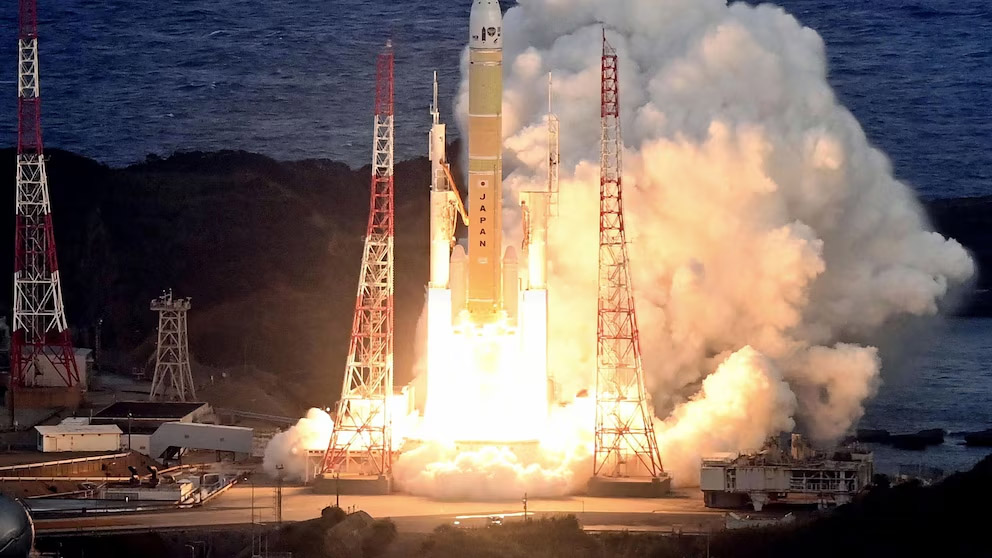TOKYO, Feb 2: Japan successfully launched a navigation satellite aboard its advanced H3 rocket on Sunday, aiming to enhance its own precise location positioning system.
The H3 rocket, carrying the Michibiki 6 satellite, took off successfully from the Tanegashima Space Centre located on a southwestern Japanese island. The Japan Aerospace Exploration Agency (JAXA) reported that everything proceeded according to plan.
Currently, Japan operates the quasi-zenith satellite system (QZSS), which includes four satellites, providing a regional navigation network that began functioning in 2018. The Michibiki 6 will join this network as the fifth satellite.
Signals from Michibiki are utilized to enhance American GPS systems, improving positioning data for various applications such as smartphones, cars, maritime navigation, and drones.
As part of its initiative to establish a more accurate global positioning system that operates independently of foreign services, including the US, Japan plans to launch two additional navigation satellites by March 2026, expanding its system to seven satellites, according to the Japan Science and Technology Agency.
By the late 2030s, Japan aims to develop an 11-satellite network.
The launch on Sunday was postponed by one day due to weather conditions and marks the fourth successful flight in a row for the H3 system, following a troubled debut last year when the rocket and its payload had to be destroyed.
Japan views a robust and commercially viable space transport capability as essential for its space program and national security. The country is working on two new flagship rockets to succeed the H2A series: the larger H3 and a smaller Epsilon system.
This initiative is intended to address a variety of customer needs and strengthen Japan’s standing in the expanding satellite launch market. (AP)


Leave a Reply